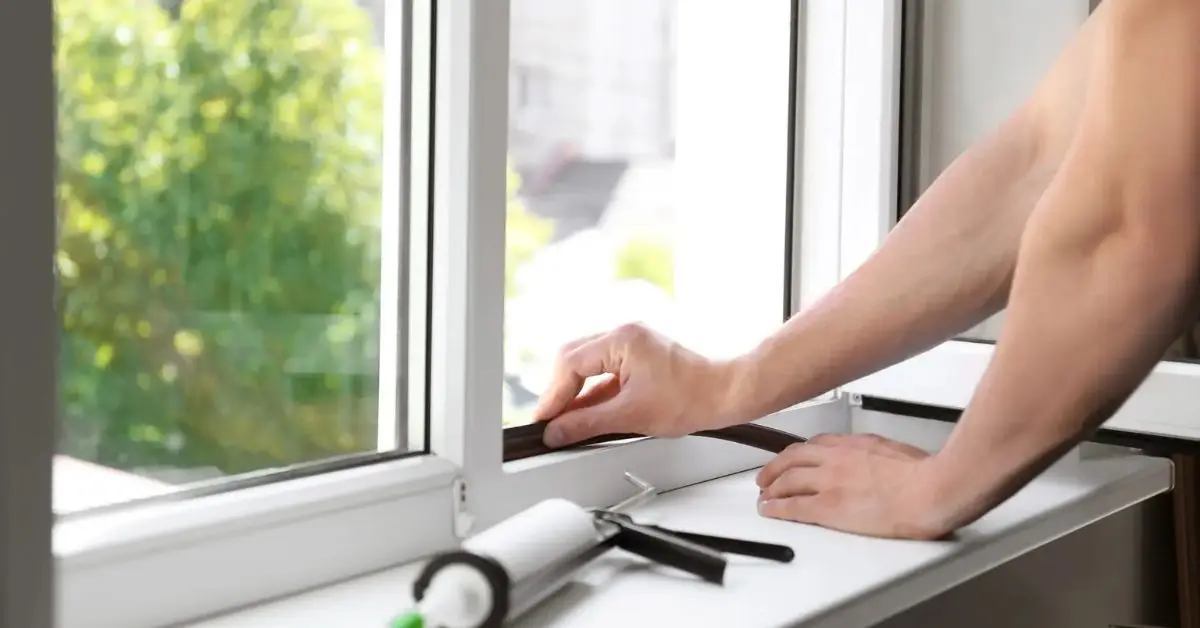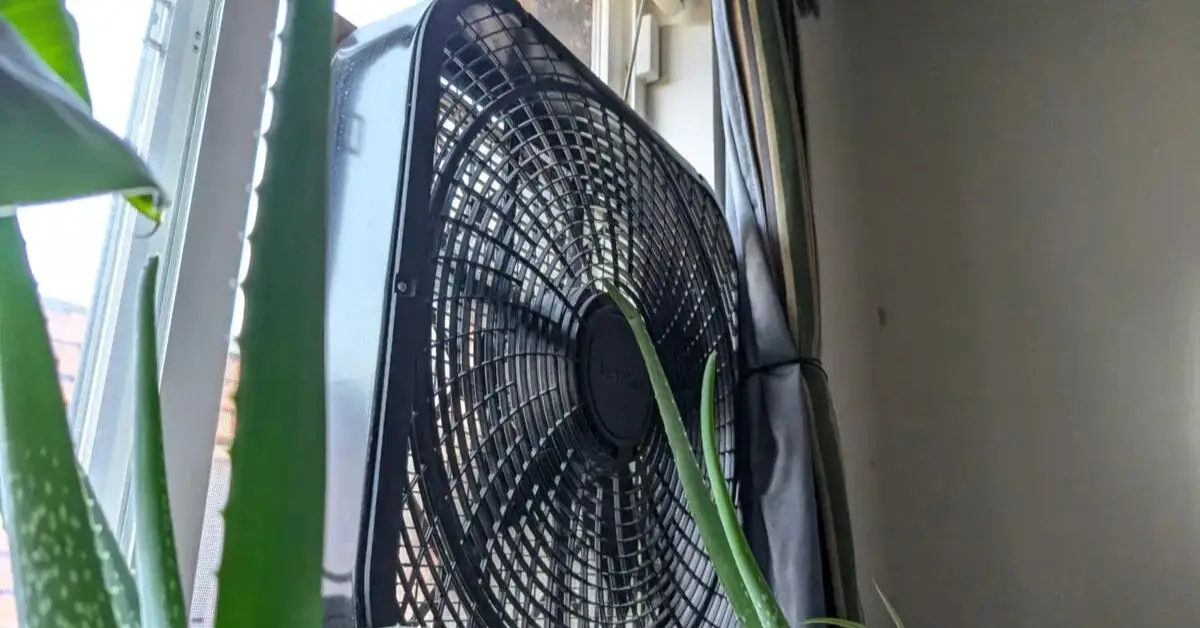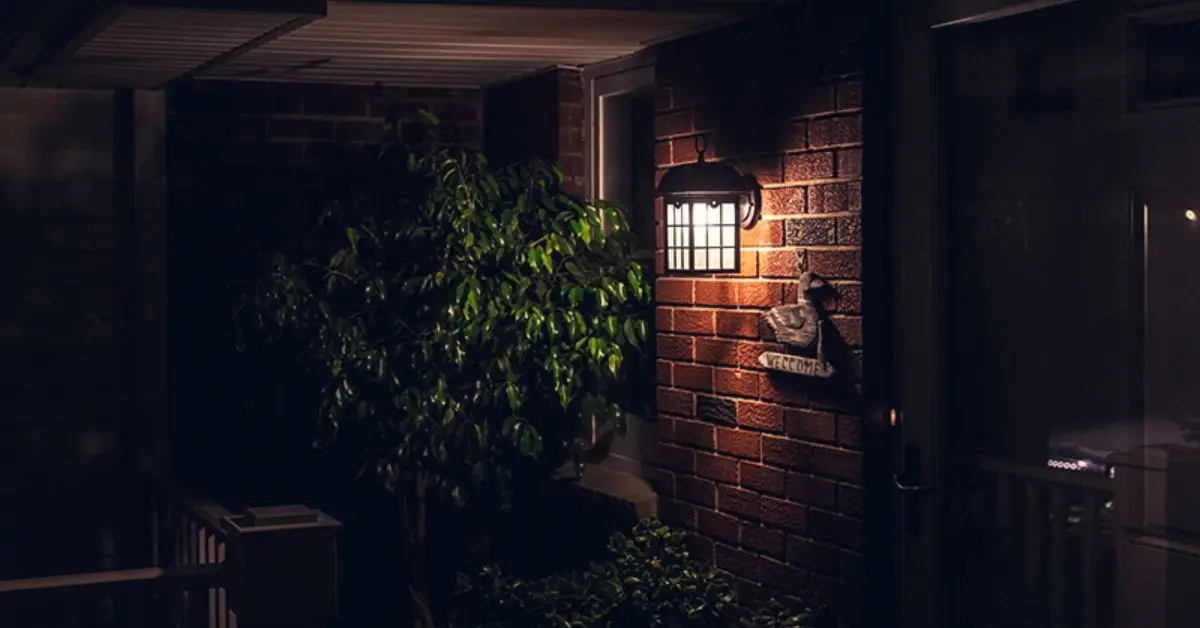10 Smart Ways to Make Your Windows Bug-Free This Summer
Summer means long evenings, fresh air, and—unfortunately—bugs trying to crash your home party through the windows. If mosquitoes, flies, or gnats have been driving you crazy, I get it. Over the years, I’ve learned some simple, effective ways to keep those pesky invaders out without complicated tools or harsh chemicals.
In this article, I’m sharing 10 easy, practical tips to bug-proof your windows this summer. These are tricks you can start using right away to enjoy:
- Peaceful, bug-free indoor air
- Open windows without worry
- A more comfortable summer, inside and out
Ready to take control and keep the bugs where they belong—outside? Let’s get started!
1. Understand Common Summer Bugs That Invade Windows
Before we start bug-proofing, it helps to know which bugs are most likely trying to get in. In summer, mosquitoes are the biggest offenders—they’re not just annoying, but can carry diseases too. Then there are house flies, gnats, and sometimes even spiders that like hanging around window frames.
Knowing what you’re up against makes a difference because different bugs respond to different defenses. For example:
- Mosquitoes love standing water nearby and are attracted to warmth and carbon dioxide.
- Flies and gnats are drawn to food crumbs or damp spots near windows.
- Spiders usually come looking for prey, which means if you have lots of insects around, spiders won’t be far behind.
Understanding this helps you target your bug-proofing smarter, so you’re not wasting time or effort on methods that don’t fit your problem.
2. Inspect and Seal All Gaps Around Windows
Bugs are tiny, but they don’t need big cracks to sneak inside. Even the smallest gaps around your windows can be open invitations to mosquitoes, flies, and other pests. That’s why the first step is a thorough inspection.

Walk around your windows and look for cracks, gaps, or worn-out seals. Don’t forget to check the corners, edges, and where the window frame meets the wall. If you spot any openings, seal them up with weather stripping, caulk, or foam sealant. It’s quick, inexpensive, and surprisingly effective.
Pro tip: Make this a seasonal habit—check your seals every spring or early summer before the bugs get really active. A well-sealed window doesn’t just keep bugs out; it can also save on your energy bill by keeping cool air in.
3. Install or Repair Window Screens (Mesh Quality Matters)
Window screens are your first line of defense against bugs. But not all screens are created equal. If your screens have holes or tears, it’s like leaving your windows wide open for mosquitoes and flies to get in.
Make sure your screens are in good shape, and if you need to replace them, consider the mesh size. A finer mesh works better for keeping out tiny pests like mosquitoes. You can choose between fiberglass screens, which are flexible and affordable, or metal ones that last longer but might be pricier.
Keeping your screens intact means you can enjoy fresh air without the buzzing guests.
4. Use Natural and Eco-Friendly Repellents Around Windows
Bugs hate certain natural scents, and that’s great news for us. You don’t always need chemical sprays to keep them away from your windows. Some of the most effective bug deterrents are already in your kitchen.

Essential oils like citronella, peppermint, lavender, and eucalyptus are known to repel mosquitoes, gnats, and even ants. You can mix a few drops with water and spray the blend around window sills, frames, and curtains.
Bonus: Your room smells better too. If you’re into low-waste, chemical-free living, you might also enjoy these must-try hacks for upcycling old beach towels at home.
5. Remove Standing Water Near Windows and Walls
If you’ve ever wondered why mosquitoes seem to love your windows, the answer might be just outside. Standing water—like in clogged drains, pots, or AC trays—is a mosquito magnet. It’s where they lay eggs, and even a small puddle is enough to start a swarm.
Look around the outside of your windows. Is there water pooling near the sills or at the base of the wall? Even indoor plants near windows with saucers full of water can invite trouble.
As CDC explains, eliminating standing water is one of the most effective ways to break the mosquito life cycle before it even starts.
Do this weekly, and you’ll notice fewer bites and less buzzing in no time.
6. Use Window Fans or Cross-Ventilation to Disrupt Flying Bugs
This one’s surprisingly effective: moving air can keep bugs away. Mosquitoes and flies are weak fliers, and a steady breeze near your windows makes it harder for them to land or hover.

If your windows open wide, set up a small fan blowing outward or create a cross-breeze with another open window in the room. This not only keeps the air fresh but also makes it physically harder for flying pests to enter.
Even restaurants use fans to keep bugs away from outdoor tables. It works just as well at home, especially during humid summer evenings when bugs are most active.
It’s low-tech, quiet, and saves you from chemical sprays.
7. Use Window Coverings That Deter Insects (Like Yellow or Blackout Curtains)
Did you know bugs are attracted to light and color? Most flying insects—especially mosquitoes and moths—are drawn to bright lights and certain color tones like white, blue, and UV-reflective surfaces. That means your window coverings could either invite bugs or help block them.
Using darker curtains, blackout blinds, or even yellow-tinted sheers (which some insects can’t see well) can reduce the number of bugs hovering around your windows at night. It also keeps your home cooler in summer.
As per this NCBI research article, mosquito vision and behavior are directly affected by colors and lighting—something you can turn into a defensive advantage with smart interior choices.
Simple fabric swaps, smarter lighting, fewer bugs. Win-win.
8. Keep Indoor Lights Away from Windows at Night
Ever noticed how bugs gather outside brightly lit windows after dark? That’s no coincidence. Most insects are naturally drawn to artificial light, especially at night, because it confuses their internal navigation systems.

To avoid this, position your indoor lights away from windows or use curtains/blinds that block light leak. You can also switch to warm-colored LED bulbs, which are less attractive to flying bugs.
As Scientific American explains, this light attraction is deeply rooted in insect behavior—so minimizing exposure is a smart, science-backed fix.
Small change, big drop in bug activity.
9. Install Magnetic or Retractable Mesh Screens for Sliding Windows
If you have sliding or large-panel windows, regular screens can be tricky. That’s where magnetic mesh or retractable insect screens come in. These are flexible, DIY-friendly, and don’t require heavy hardware.
They’re especially useful in rented homes or places where you open windows frequently. Many are budget-friendly, easy to clean, and can be removed in winter.
Great for balconies, kitchens, and bedrooms.
10. Clean Window Tracks and Sills Weekly (They Attract Hidden Pests)
Here’s a spot most people forget: window tracks and sills. Dust, moisture, and tiny food particles often collect here—creating a cozy hideout for ants, silverfish, and even tiny spiders.

Use a small brush or vacuum nozzle to clean out debris weekly. For extra protection, wipe down the area with a vinegar-water mix or tea tree oil spray—both act as natural repellents.
This small routine task does two big things: it sanitizes the area and removes hidden pest eggs or trails that you can’t always see. Cleaning window tracks regularly is one of those simple habits you’ll also find in this list of things people with impossibly clean homes always do.
Clean windows = fewer reasons for bugs to hang around.
Final Check: Your Summer Bug-Proofing Toolkit
Let’s be honest—bugs are annoying, but dealing with them doesn’t have to be complicated or expensive. Most of the fixes we’ve covered are small adjustments that deliver noticeable results.
- Mesh repairs
- Smarter window coverings
- Natural repellents
- Eliminating standing water
- Reducing light exposure at night
These steps may seem simple, but together, they make a powerful difference. And once you’ve got them in place, your windows start working for you—not against you.
Think of it like giving your home a quiet, invisible shield that keeps summer enjoyable. And when the season changes, don’t miss our guide on winter-proofing your home without hiring a pro.
Now over to you—
Which of these tips are you going to start with this week? Or do you have your own go-to method for keeping bugs out?
Feel free to share. The best ideas usually come from experience.
For more practical tips on keeping your home comfortable and pest-free, visit Build Like New.
Disclaimer: The information in this article is for general guidance and educational purposes only. While we’ve sourced tips from trusted publications and public health resources, individual results may vary based on your home, climate, and materials used.
Always consult a licensed professional for serious pest issues, window repairs, or health-related concerns.
Build Like New does not assume liability for any damage, loss, or injury resulting from the application of the information shared above.


